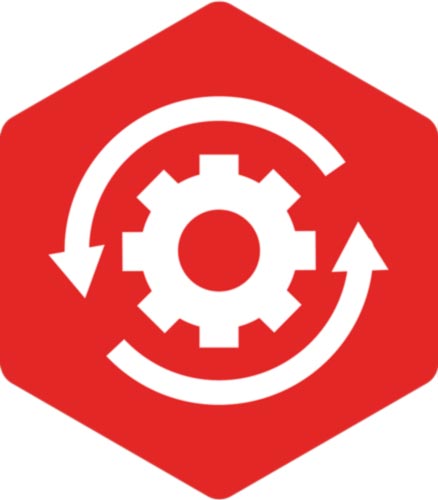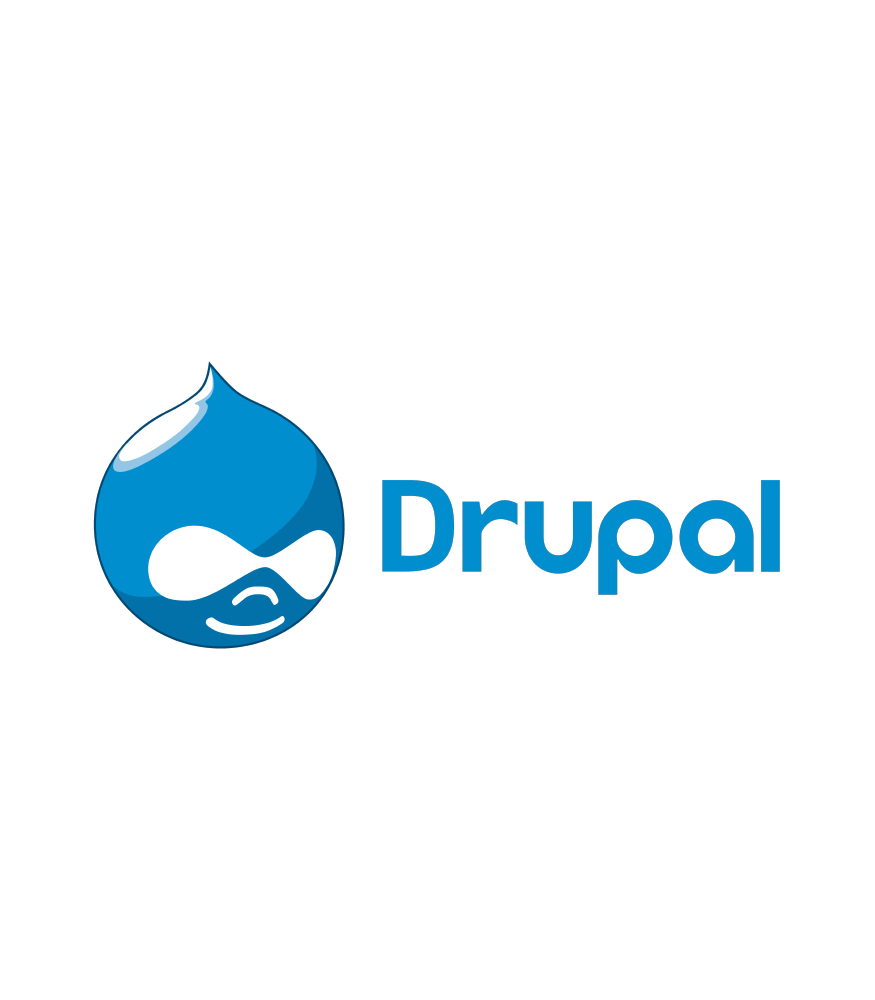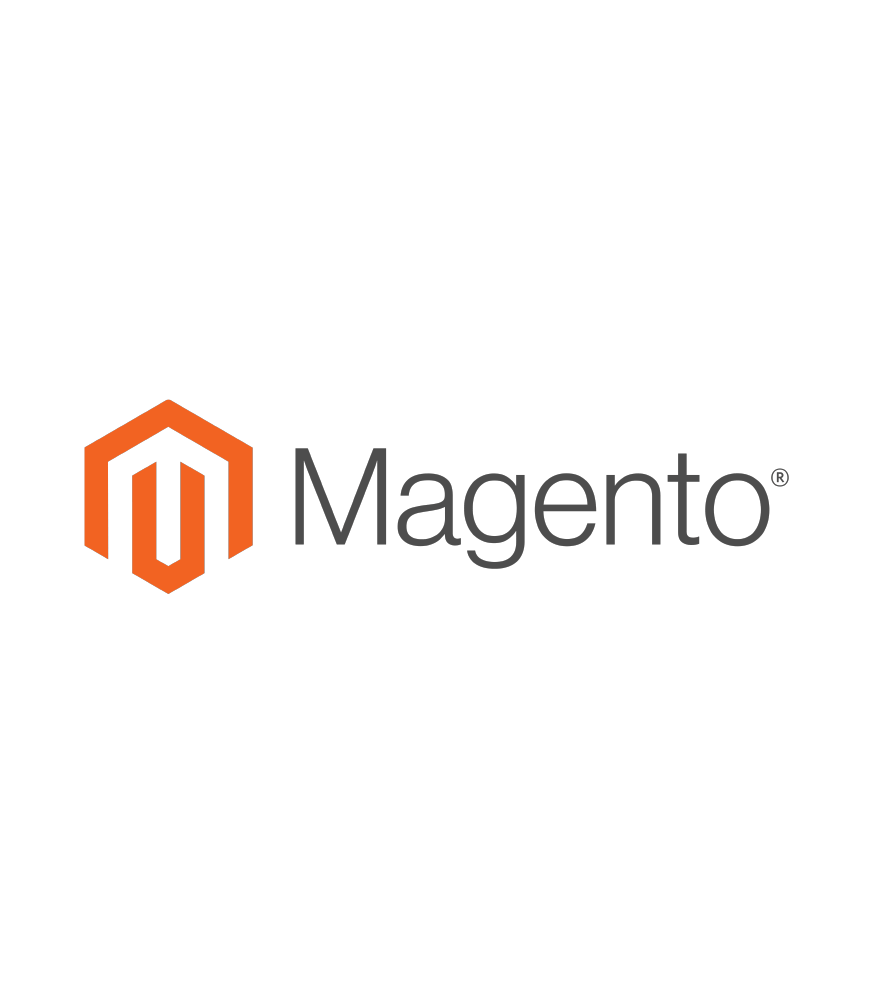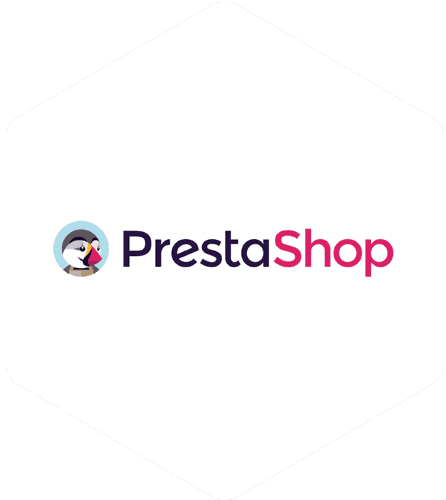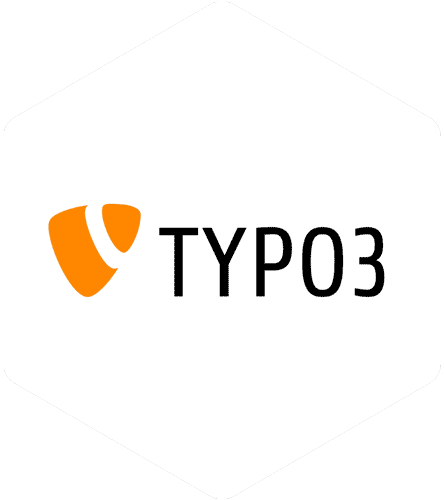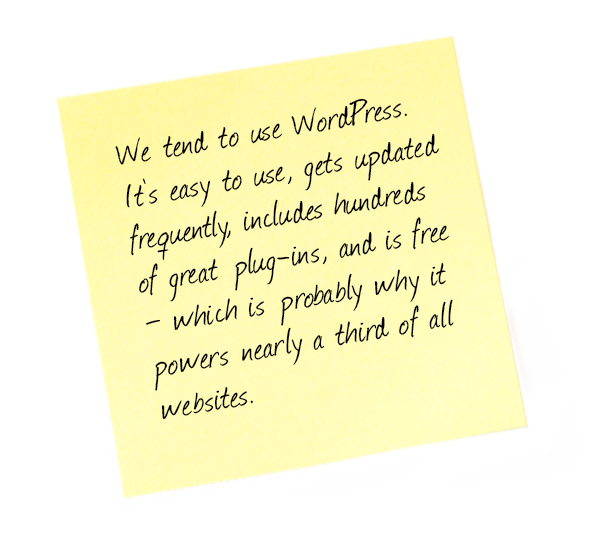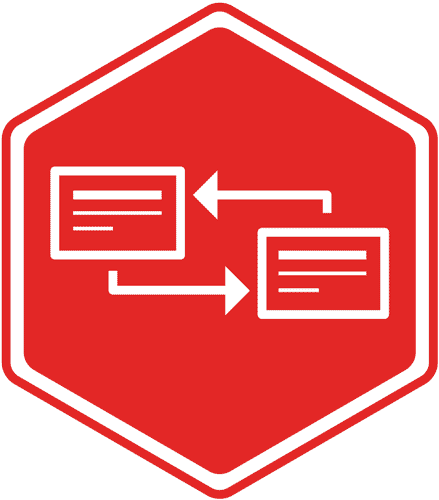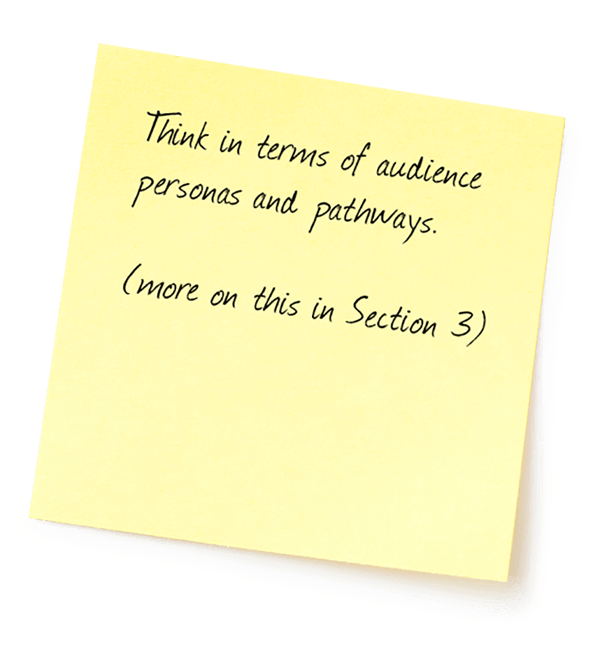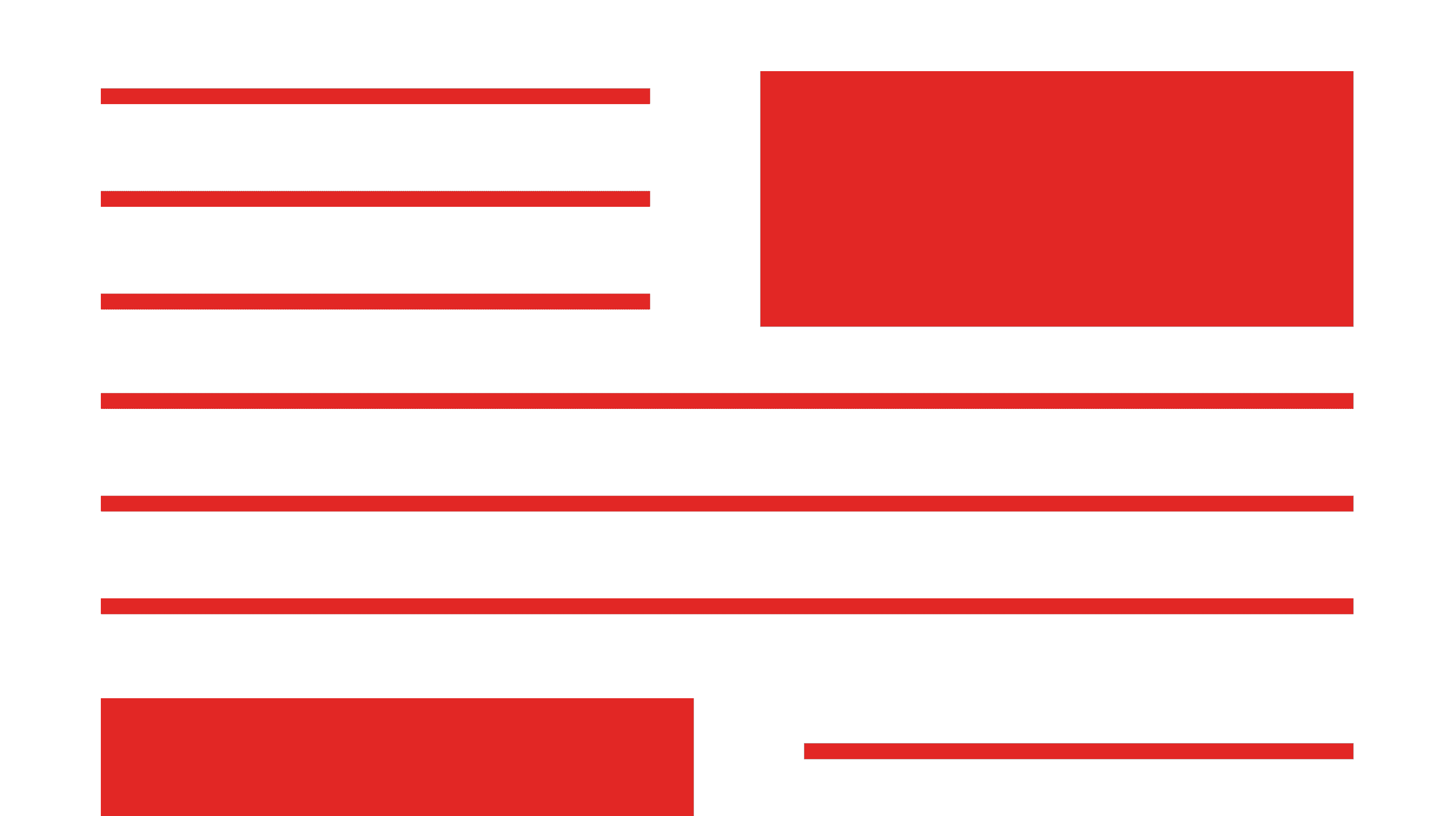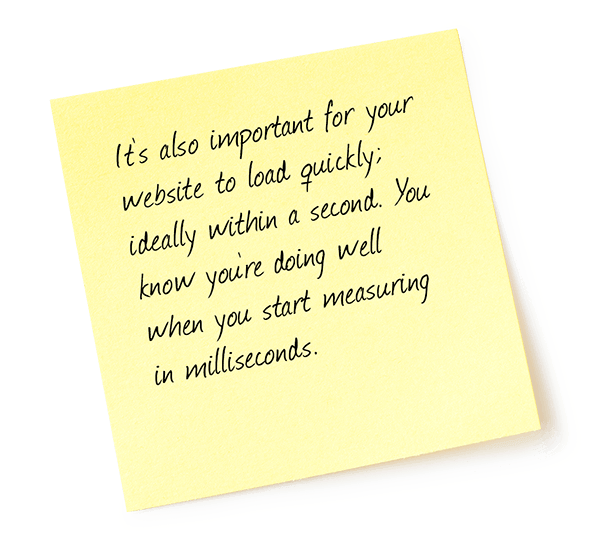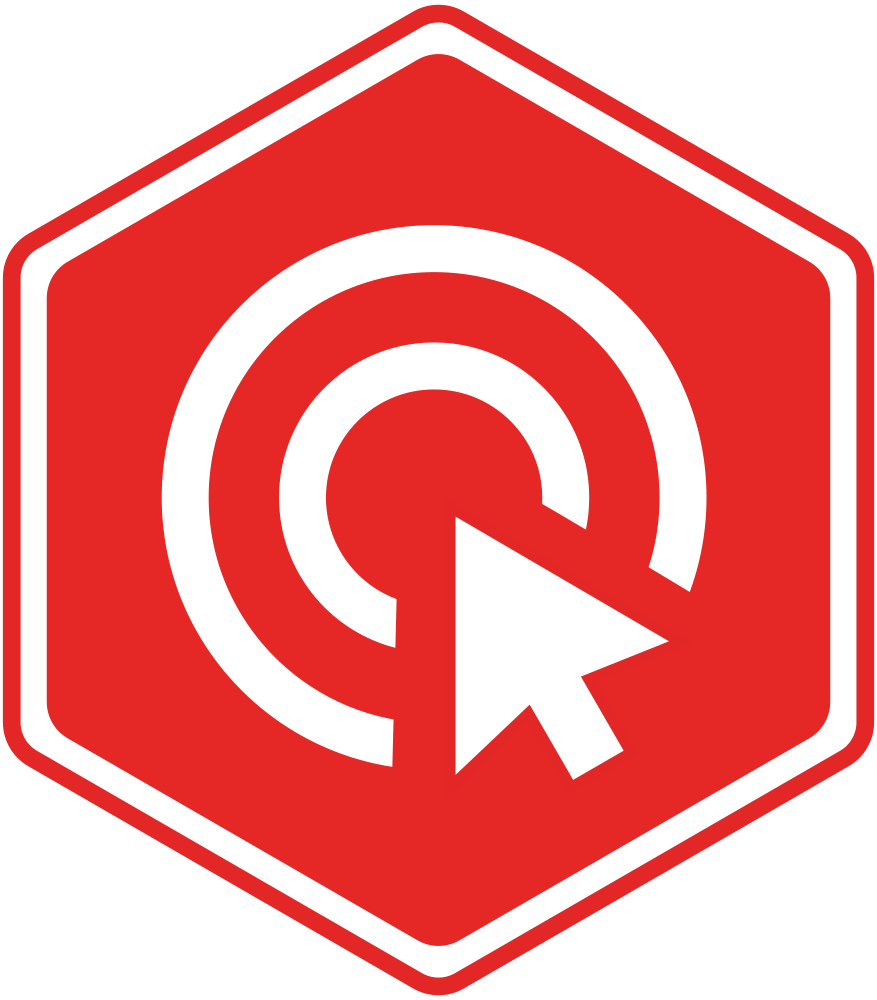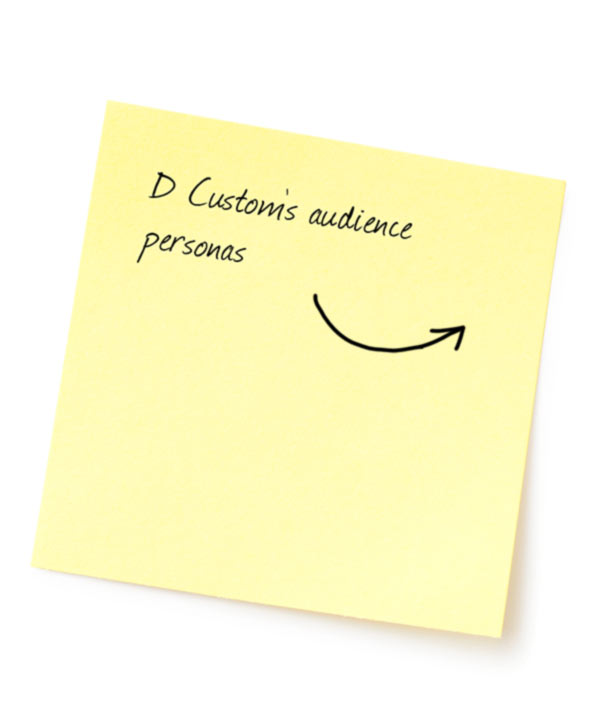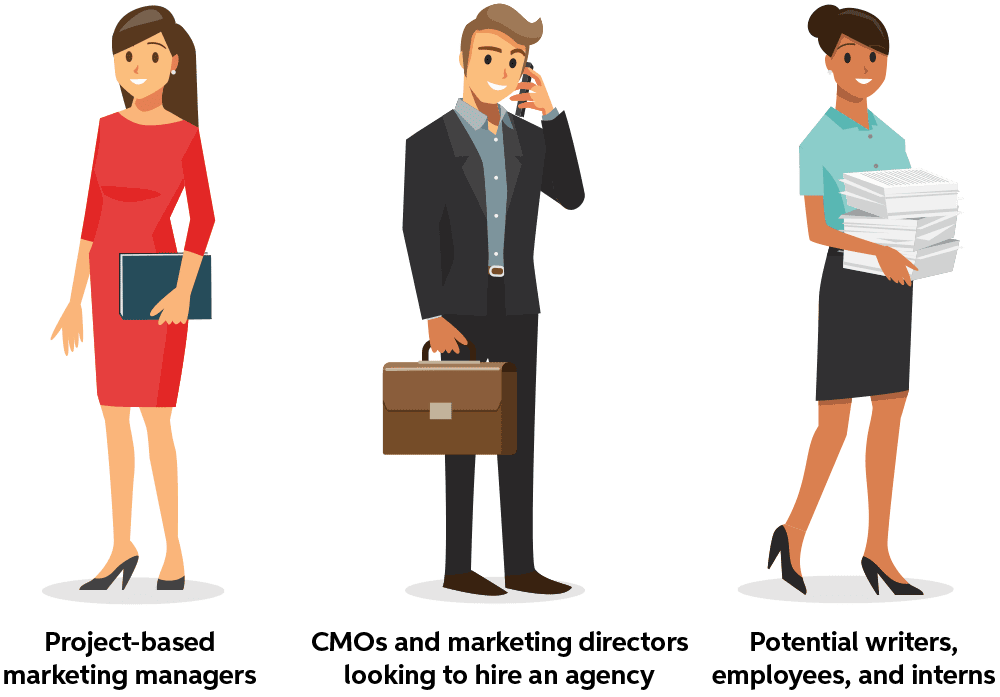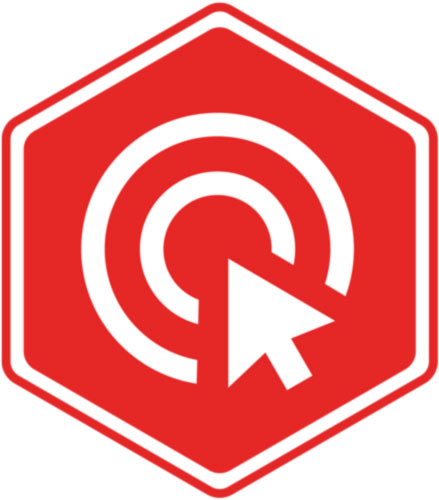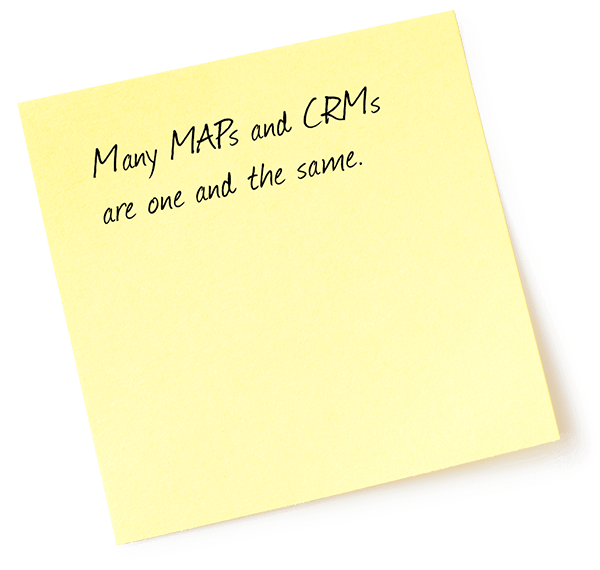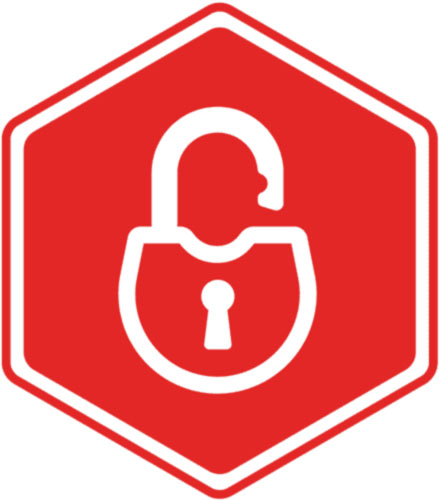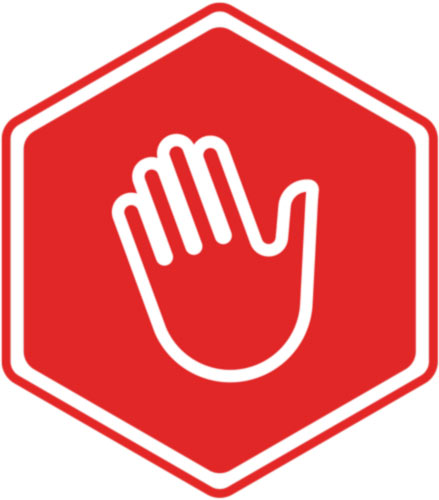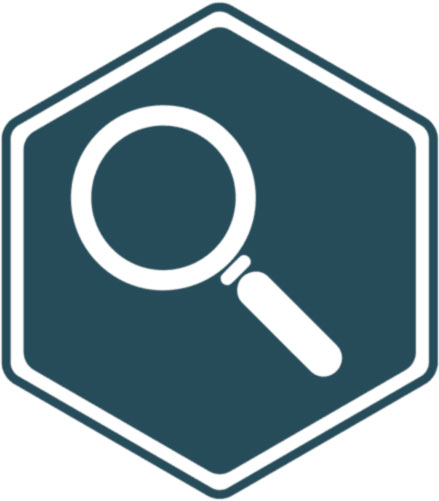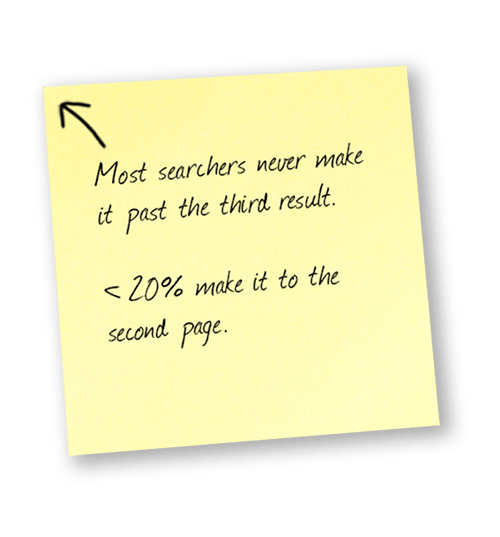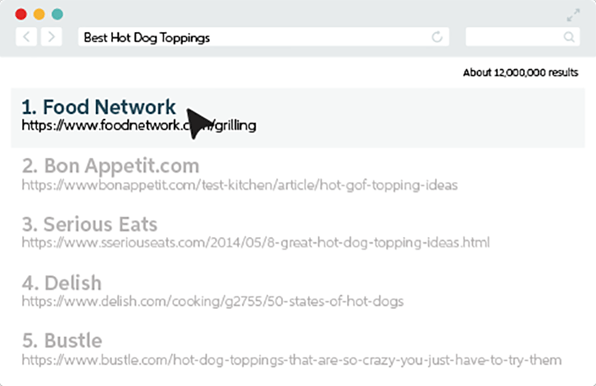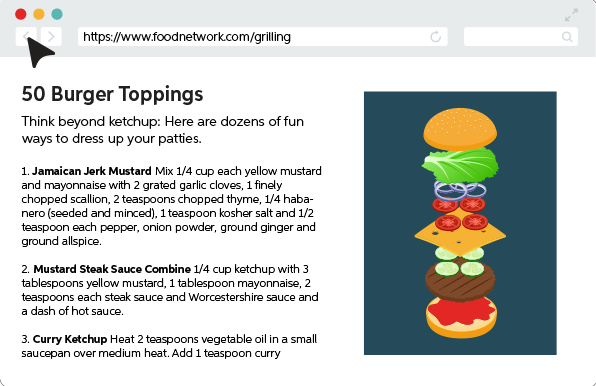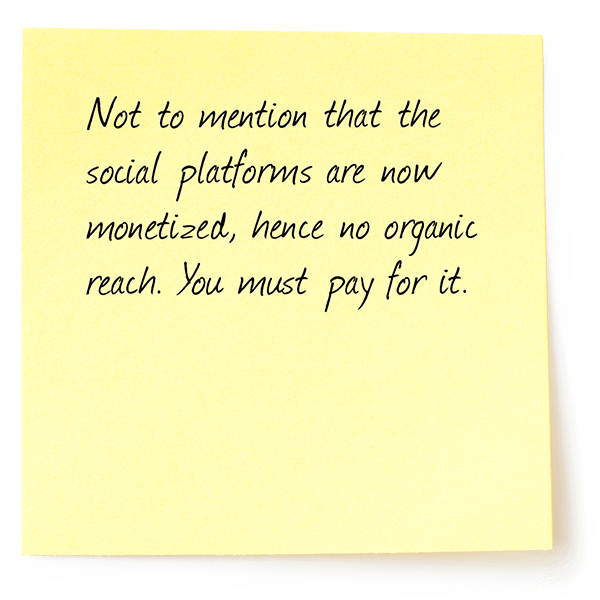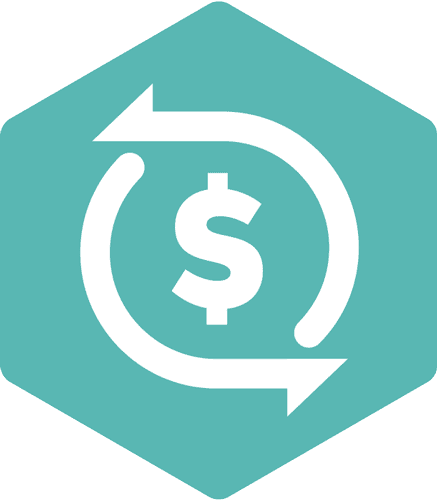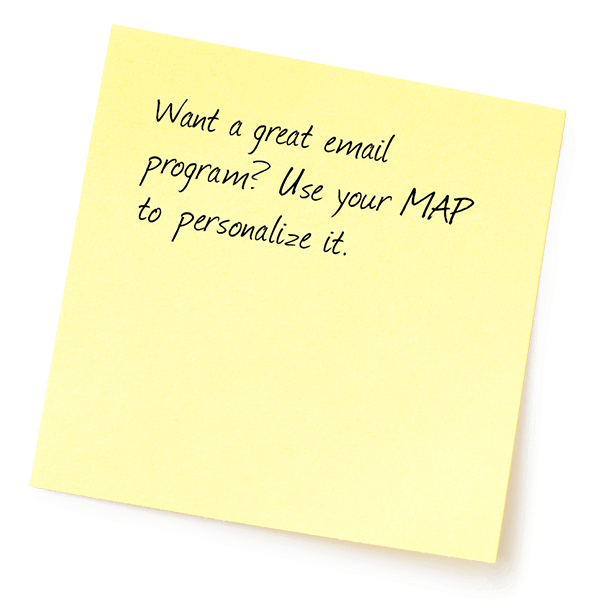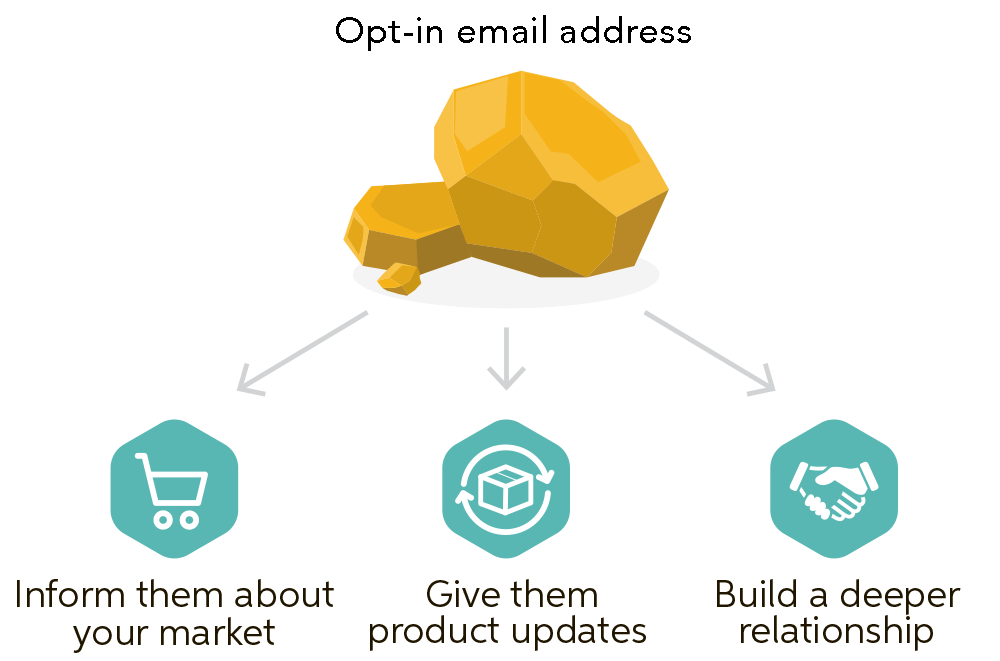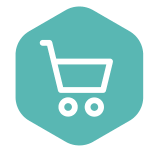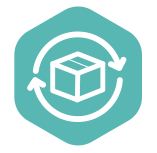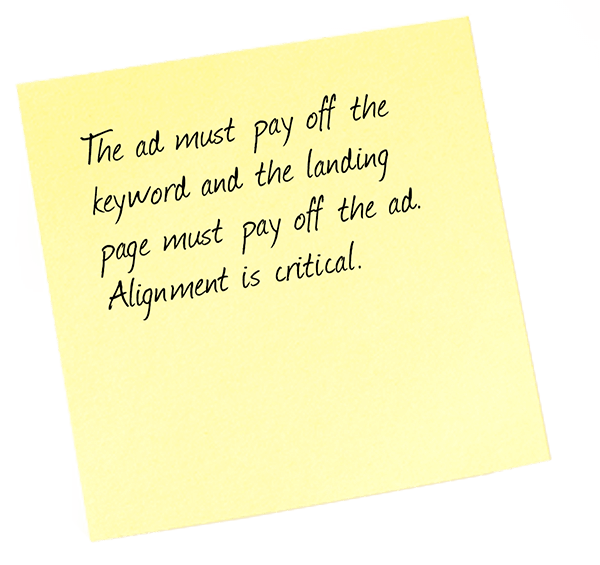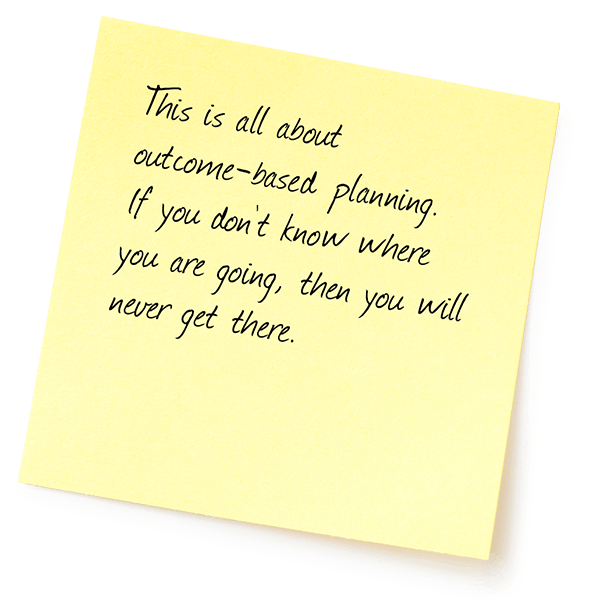Facebook
Facebook is the social media world’s behemoth. With about 2.23 billion people logging in every month, brands are able to access and target people from all walks of life who are willing to interact with content. Facebook isn’t always appropriate
for all audiences, but in the world of social media, it is home to most.
YouTube
Video content is incredibly important in today’s digital landscape, and there is no better place to house your video library than YouTube. YouTube is friendly to marketers across the spectrum, and both B2B and B2C companies succeed on this channel.
Quality content and consistency are important here.
Pinterest
Pinterest, much like Instagram, is great for visual brands. It caters to B2C companies and can be an incredible traffic driver. However, without a robust image portfolio, Pinterest can be fruitless.
LinkedIn
As a haven for business professionals, LinkedIn is incredibly friendly toward B2B content, thought leadership, success stories, and employee networking. Case studies, whitepapers, research, and ongoing education all have a place there.
Like Facebook, it has targeting capabilities, but unlike Facebook, it isn’t quite as content- and industry-agnostic. While LinkedIn can be a great place to build a personal brand for your career, recruit top talent for your company, and
deliver business content, it is less friendly toward heavy B2C content.
Friends
Never count out specialty channels when building your social media presence. Brands such as Birchbox have developed interesting ways of using Snapchat, from customer service to sneak peeks. Reddit and Tumblr are home to fans of just about anything.
Brands often find their most loyal fanbases on sites like these, and interacting with them where they go to share their opinions can be great for branding, customer service, product sneak peeks, and lead generation.
A key component
to all this is influencer marketing and employee advocacy. Having the right people involved is a powerful way to spread your message with transparency.
Twitter
Twitter might be the most social of the social media channels. Built to disseminate information quickly, Twitter is great for quick content sharing, brand building, and customer service.
Twitter isn’t a traffic driver or a brand aesthetic
builder. Instead, it’s all about social communication, so a Twitter strategy requires a willingess to talk with your audience.
Instagram
Instagram is home to the visual-driven brand and younger demographics. Predominantly a B2C channel, brands use carefully curated aesthetics and beautiful imagery to engage with customers.
The key takeaway:
Focus your efforts on the channels that most directly reach your audience and gel best with your content. (Social Media Today created a handy infographic to help you focus your energies on the right platform.)
Paid vs. Organic Reach
Striking a balance between organic and paid social media is a must when building your social strategy. The base of social media is still organic posting and interactions (likes, comments, shares) with your audience. Using content, you build online
relationships with people who know, love, and regularly engage with you. But because it’s hard to get where you need to go with organic posting alone, paid social media is a necessary part of your social strategy, too.
A Brief History of Your Social Feeds

In the not too distant past, social feeds were linear; you were almost guaranteed to see all the things published by the people or brands you followed. That turned into a gold rush. Brands, publishers, celebrities, and your parents all flocked
to social media to share their thoughts, marketing messages, and memes.
Facebook, leading the pack, responded by building an algorithm that attempts to predict what it thinks users want to see most based on their behavior on the channel. Other outlets fell in line. Organic reach quickly became a thing of the
past, and paid social media became the new way of life.
In Google We Trust
There is one last targeting giant in your digital ecosystem that cannot be ignored.
Google offers incredible targeting capabilities through paid search and display advertising. Regardless of industry or audience, everyone relies on Google at some point to find a resource. Using paid search and display to help put your business
at the top of the pile is not only smart — it’s necessary.
Google Ads is Google’s pay-per-click advertising system. Launched in 2000, Ads has become a must-use tool in every marketer’s belt. If you’re looking to reach people who are searching for anything from a new dentist to a new management consulting
firm, Google allows you to appear as a top search result (paid search) and throughout their display network.
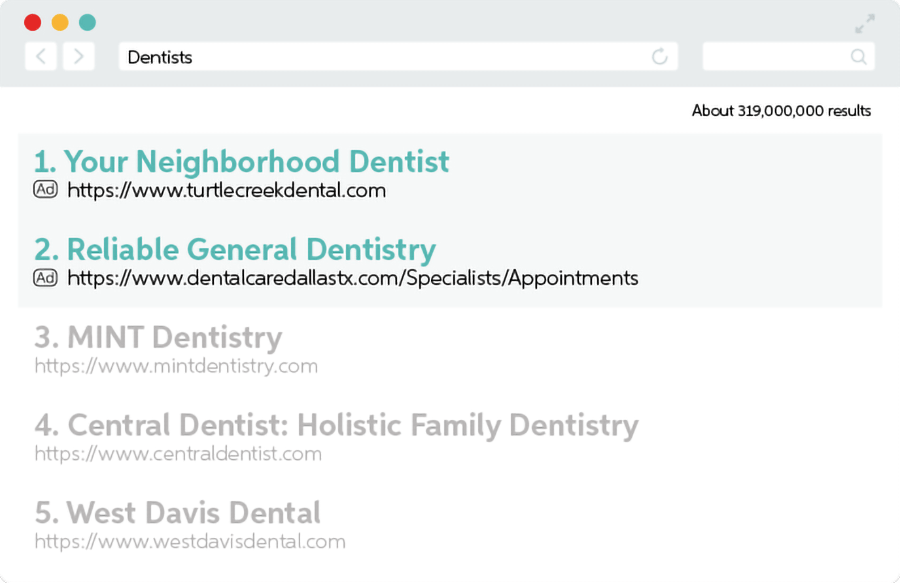
While building your SEO can take time, Ads can be a more immediate marketing tactic. It is easy to learn, scalable based on company size and budget, and can produce results quickly. Ads gives you a leg up on your competitors, guaranteeing your
presence in paid search.
Companies like Yahoo and Bing have similar paid search systems, but Google’s hold on the industry is hard to ignore. When building your digital strategy, Ads should play a part.
How to Test and Measure Your Success
Again, let’s start with three questions:
?
How many leads are you looking for each month?
?
What constitutes success and failure?
?
What is your ideal cost per lead?
Once you’ve identified how you’ll measure your campaign’s success, you can start testing.
No amplification strategy is perfect, and it’s important to build in time to test your strategies. You need time to identify the strongest pieces of your campaign so you can better invest rather than wasting time on the wrong targets. Just because
you think one audience is going to be a gold mine for your content doesn’t mean it actually will be.
Analytics are your best friend. Data will guide you through your strategy as you launch and as you design and adapt your output for the long run. Keep an eye on your numbers and confirm they are tying back to your original goals. And be sure you’re
looking at the right numbers — impressions are great, but if they aren’t generating leads, consider adapting your strategy.
The bottom line: Amplification should exist within your digital ecosystem. Have a conversion strategy for when your amplification results in someone landing on your site. Don’t amplify
blindfolded. Know your audience and your target and plan your strategy accordingly. Your efforts will pay off tenfold when they are combined with a big-picture perspective.
Conclusion
Digital marketing is an ever-changing art form. Each day brings algorithm changes, new social media platforms, exciting tracking tools, and so much more. It’s important to stay on top of these changes so you can adjust your strategy as necessary.
How do you do that? For starters, sign up for our e-newsletter. While you’re at it, check out our blog. Digital marketing agencies are a great resource for changes
in the industry. Learn from them.
Nothing is going to be perfect when you start out, so don’t be intimidated by the weight of an entire site’s worth of needs. Just get started, take the first step, and take another step the day after that. And when you feel like you’ve gone as
far as you can go, take the sum of your work, present it to your management, and make the case for the next tier of effort. If you can do that, you’ll be ahead of the curve — and your company will be, too.





